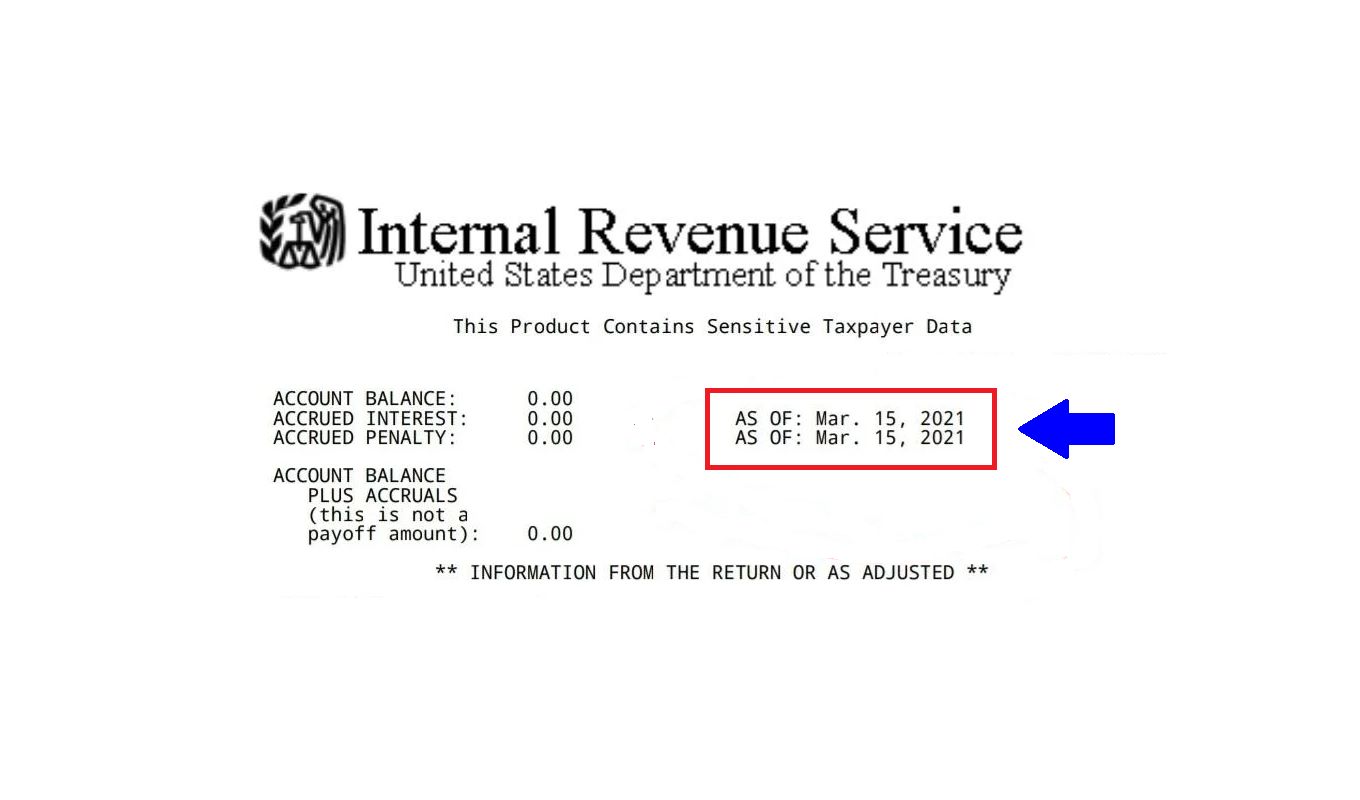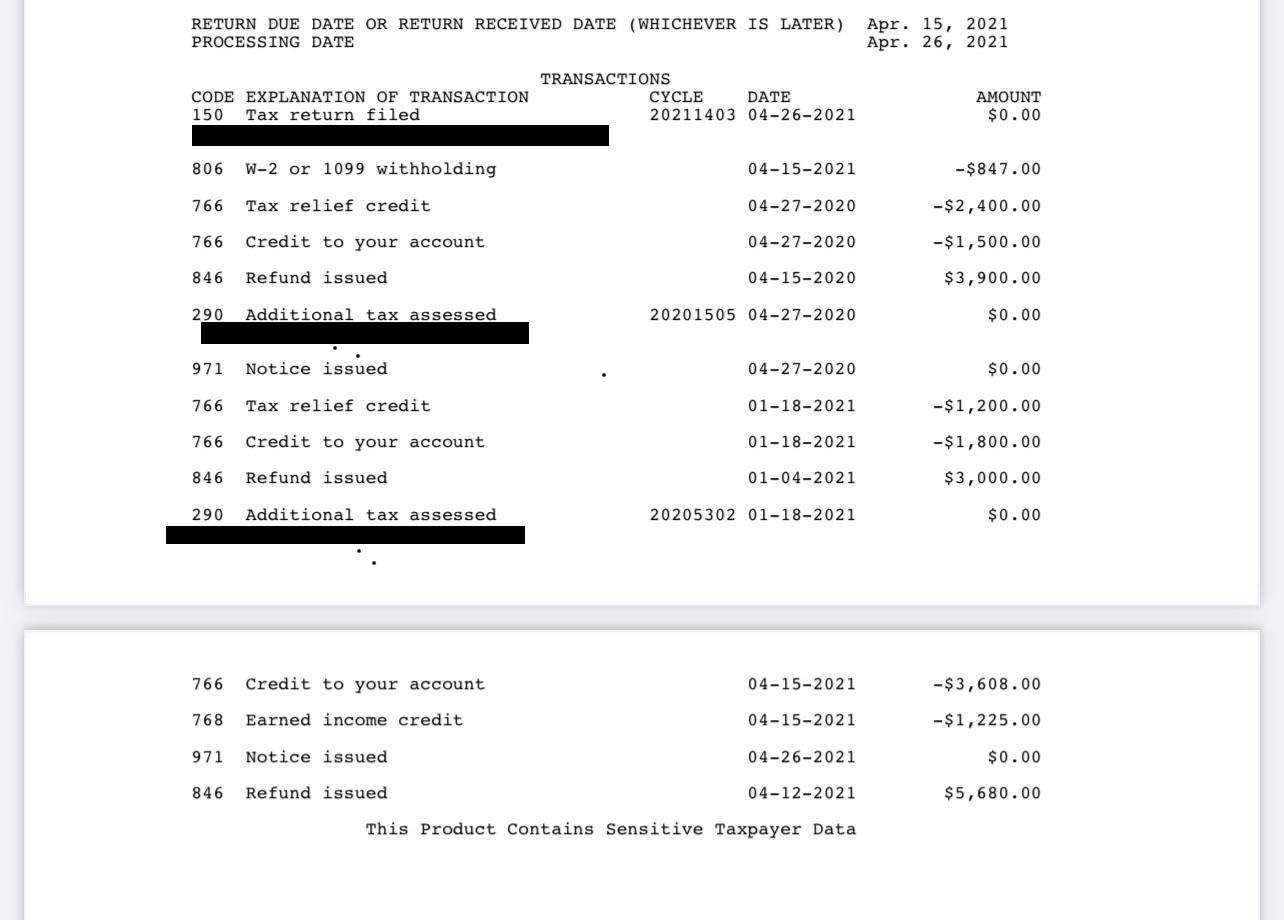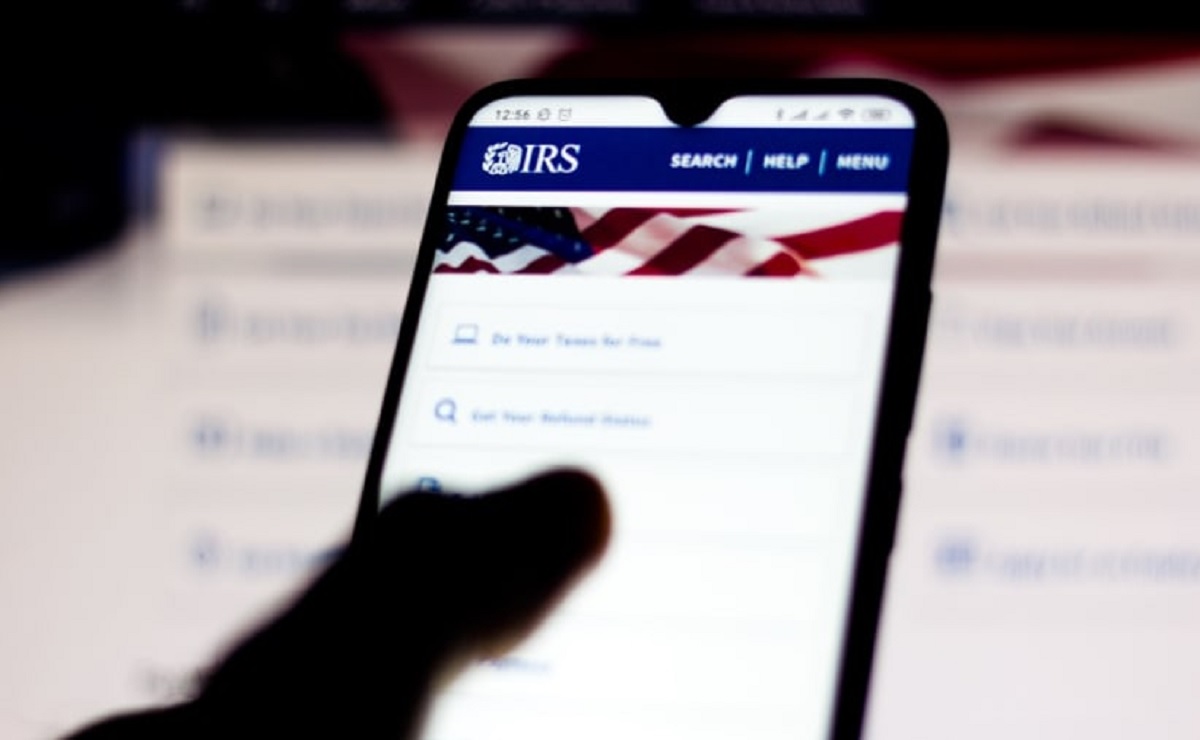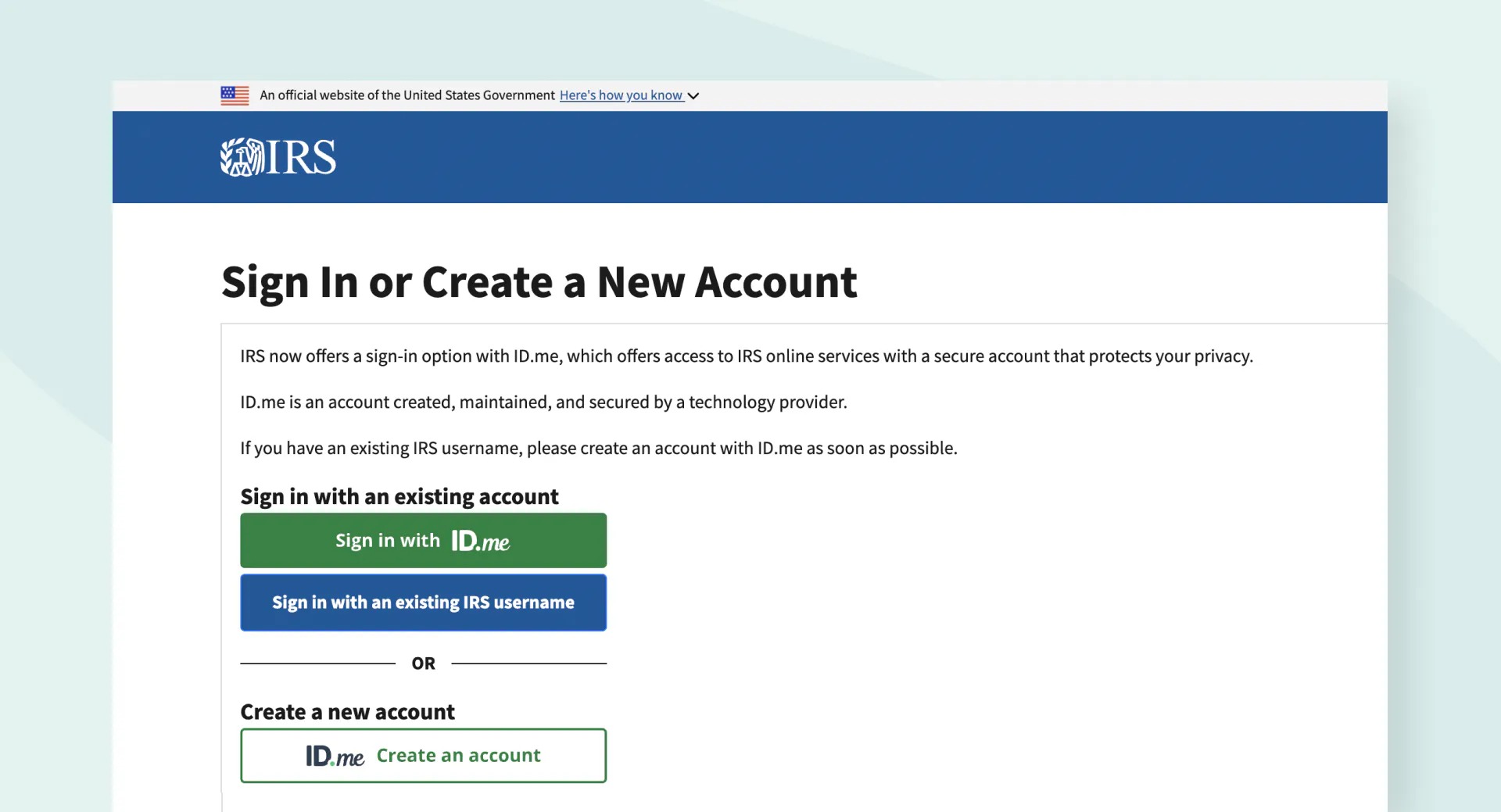

Finance
What Is Code 571 On An IRS Transcript?
Published: October 31, 2023
Learn about code 571 on an IRS transcript and its significance in finance. Find out how this code affects your tax situation and what steps you need to take.
(Many of the links in this article redirect to a specific reviewed product. Your purchase of these products through affiliate links helps to generate commission for LiveWell, at no extra cost. Learn more)
Table of Contents
Introduction
Welcome to the world of tax transcripts! If you have ever had to deal with the Internal Revenue Service (IRS), you may have come across the term “IRS transcript.” These transcripts provide a detailed record of your tax-related activity. They contain vital information about your tax return, including income, deductions, and any adjustments made by the IRS.
While tax transcripts may seem overwhelming at first, understanding them can help you navigate through the complexities of the tax system. One common code that appears on IRS transcripts is Code 571. This code holds significant importance, as it often indicates a specific action or event in relation to your tax account.
In this article, we will take a closer look at Code 571 on an IRS transcript, discussing its purpose, explanation, and the possible implications it may have on your tax situation. Additionally, we will outline steps on how to address Code 571 if you encounter it on your transcript. So, let’s dive in and unravel the mystery behind Code 571!
Understanding IRS Transcripts
Before we delve into the specifics of Code 571, it’s important to have a basic understanding of IRS transcripts. These transcripts are essentially a record of your tax history with the IRS. They provide a detailed summary of your tax returns, including information on income, deductions, payments, and any penalties or adjustments made by the IRS.
IRS transcripts are commonly used for various purposes, such as applying for a mortgage, resolving tax-related issues, or providing proof of income for financial aid applications. They offer a comprehensive overview of your tax account and can help you verify the accuracy of your tax filings and resolve any disputes with the IRS.
There are different types of IRS transcripts, each serving a specific purpose:
- Tax Return Transcript: This transcript shows information from your original tax return as filed. It includes the main data like your adjusted gross income (AGI), filing status, and any additional forms or schedules submitted.
- Account Transcript: The account transcript provides a more detailed overview of your tax account, including any adjustments made by the IRS. It shows records of payments, refunds, penalties, and interest.
- Record of Account Transcript: This transcript combines the information from both the tax return transcript and the account transcript, offering a comprehensive view of your tax account history.
- Wage and Income Transcript: If you need information on your income from various sources, such as employers or financial institutions, the wage and income transcript will provide the necessary details.
Understanding the different types of IRS transcripts is crucial as they provide valuable information that can help you better grasp your tax situation and address any potential issues that may arise.
What Is Code 571 on an IRS Transcript?
Code 571 is a specific code that appears on an IRS transcript and holds significance for taxpayers. This code indicates a freeze on your tax account. When Code 571 appears on your transcript, it means that the IRS has placed a hold on your account, preventing any further action or processing related to that specific tax period.
It’s important to note that Code 571 can have different variations, such as 571A, 571B, or 571C. Each variation represents a different type of freeze and may have varying implications on your tax account.
While the presence of Code 571 on your transcript may be cause for concern, it does not necessarily indicate any wrongdoing on your part. There are several reasons why the IRS may place a freeze on a tax account, such as:
- Outstanding Balance: If you have a significant outstanding balance with the IRS, they may freeze your account to prevent further collection actions.
- Audit or Examination: If your tax return is selected for an audit or examination, the IRS may place a freeze on your account until the audit is completed.
- Fraud or Identity Theft: If the IRS suspects fraudulent activity or identity theft related to your tax account, they may freeze it to protect your information and investigate the issue.
- Discrepancies or Errors: If there are discrepancies or errors on your tax return that need clarification, the IRS may freeze your account to prevent any further processing until the issue is resolved.
It’s important to address Code 571 on your IRS transcript as soon as possible to prevent any further complications with your tax account. Understanding the nature of the freeze, its implications, and taking appropriate action can help resolve the issue efficiently and minimize any potential impact on your financial situation.
Purpose of Code 571
The primary purpose of Code 571 on an IRS transcript is to inform taxpayers and tax professionals that a freeze has been placed on their tax account. This freeze serves several important purposes, both for the taxpayer and the IRS. Understanding the purpose behind Code 571 can help you navigate the necessary steps to resolve the freeze and address any underlying issues.
Preventing Further Actions: When Code 571 appears on your transcript, it indicates that the IRS has halted any further processing, actions, or changes related to that specific tax period. This freeze prevents the IRS from issuing refunds, initiating collections, or making adjustments until the issue has been resolved.
Protection Against Fraud: One of the primary reasons for placing a freeze on a tax account is to protect against fraud and identity theft. If there are suspicious activities or indicators of fraudulent activity related to your tax account, the IRS will freeze it to prevent any unauthorized transactions or changes.
Ensuring Accuracy: Code 571 may be applied when there are discrepancies or errors on your tax return that require additional clarification or investigation. The freeze allows the IRS to thoroughly review the information and resolve any discrepancies to ensure the accuracy of your tax account.
Facilitating Audits or Examinations: If your tax return has been selected for an audit or examination, the IRS will freeze your account to allow for a thorough review of your tax information. This freeze ensures that no further actions or changes occur during the audit process, maintaining the integrity and accuracy of the examination.
The purpose of Code 571 is ultimately to protect taxpayers and the integrity of the tax system. While it can cause temporary inconveniences, addressing the freeze promptly and accurately can help resolve any underlying issues and restore normal processing of your tax account.
Explanation of Code 571
Code 571 on an IRS transcript signifies that a freeze has been placed on your tax account. To understand the implications and take appropriate action, it’s crucial to have a clear explanation of what Code 571 entails.
When Code 571 appears on your transcript, it indicates that the IRS has initiated a hold on your account for a specific tax period. This freeze restricts any further activity on your account until the underlying issue is resolved. The freeze can be triggered by various reasons, such as outstanding balances, audits, discrepancies, or suspected fraud.
There are different variations of Code 571 that may appear on your transcript, such as 571A, 571B, or 571C. Each variation represents a different type of freeze and may have specific implications:
- Code 571A: This code indicates a manual hold placed on your account by the IRS. It may be due to the need for additional information or clarification regarding your tax return. Contacting the IRS to address the hold is necessary to resolve the freeze.
- Code 571B: Code 571B usually appears when there is an outstanding balance on your tax account. The IRS places the freeze to prevent further collection actions until the balance is resolved, either through payment or an agreed-upon payment arrangement.
- Code 571C: When Code 571C arises, it signifies that the IRS has frozen your account due to fraud-related concerns or identity theft. The freeze is essential to protect your personal and financial information while the IRS investigates the issue and clears any fraudulent activity.
It’s important to note that the specific conditions and requirements for resolving Code 571 can vary depending on your individual circumstances. To address the freeze and rectify any issues, you should contact the IRS directly to obtain guidance and instructions tailored to your situation.
Understanding the explanation behind Code 571 enables you to take the necessary steps to resolve the freeze promptly, preventing any further complications and ensuring the smooth processing of your tax account.
Possible Implications of Code 571
Code 571 appearing on your IRS transcript can have various implications for your tax account and financial situation. Understanding these potential implications can help you better grasp the impact of the freeze and take appropriate steps to address it.
Delay in Refunds: If Code 571 is present on your transcript, it typically means that any refunds due to you are put on hold. This freeze can cause delays in receiving your tax refund, as the IRS cannot issue the refund until the freeze is resolved and any outstanding issues are addressed.
Collection Actions Suspended: If you have an outstanding balance with the IRS, Code 571 may halt any collection actions being taken against you. This can provide temporary relief from aggressive collection measures, such as wage garnishment or bank levies, until the freeze is lifted.
Hold on Audits or Examinations: If your tax return is selected for an audit or examination, Code 571 may result in a freeze being placed on your account. This freeze suspends the audit or examination process until the underlying issues are resolved, temporarily relieving you from the stress and demands of the review process.
Personal and Financial Security: In cases where Code 571C appears, indicating potential fraud or identity theft, the freeze serves to protect your personal and financial information. While this freeze may initially cause inconvenience, it is a necessary measure to prevent further unauthorized access to your tax account and ensure your security.
Additional Documentation and Verification: Code 571A often requires additional documentation or clarifications regarding your tax return. This can lead to requests for supporting documents, such as receipts or statements, to verify the information reported on your return. Providing the necessary documentation promptly can help expedite the resolution of the freeze.
It’s important to note that the specific implications of Code 571 may vary depending on your individual circumstances and the reason behind the freeze. To fully understand the implications and take appropriate action, it is recommended to contact the IRS directly or consult a tax professional who can provide personalized guidance based on your situation.
Resolving the freeze and addressing any underlying issues promptly can help alleviate the potential implications and ensure the smooth processing of your tax account.
How to Address Code 571 on an IRS Transcript
If you discover Code 571 on your IRS transcript, it’s important to take the necessary steps to address the freeze and resolve any underlying issues. Here are some key measures you can take:
- Contact the IRS: The first step is to reach out to the IRS to understand the reason for the freeze and gather specific instructions on how to address it. You can contact the IRS directly by phone or through their online support channels.
- Provide Required Documentation: If Code 571A is present, you may need to provide additional documentation or clarification regarding your tax return. Make sure to gather and submit all the necessary documents promptly to facilitate the resolution process.
- Resolve Outstanding Balance: If Code 571B is the reason for the freeze and you have an outstanding balance, work towards resolving the balance as soon as possible. Paying the balance in full or setting up a payment arrangement with the IRS can help lift the freeze and prevent further collection actions.
- Report Fraud or Identity Theft: If Code 571C appears on your transcript, indicating potential fraud or identity theft, report it to the IRS immediately. They will guide you through the necessary steps to protect your information and resolve the issue.
- Follow IRS Guidance: It’s vital to follow any instructions and guidance provided by the IRS regarding the freeze. They may require specific forms to be completed, additional documentation to be submitted, or other actions to be taken. Adhering to their instructions will ensure a streamlined resolution process.
- Seek Professional Assistance: If you find the process overwhelming or complex, consider seeking assistance from a tax professional. They can provide expert guidance, represent you in communications with the IRS, and help navigate the resolution process more effectively.
Resolving Code 571 on your IRS transcript requires patience, attention to detail, and prompt action. By addressing the freeze and any underlying issues efficiently, you can minimize the impact on your tax account and resume normal processing as soon as possible.
Remember, each situation is unique, and it’s important to consult the IRS or a tax professional to get tailored advice based on your specific circumstances.
Conclusion
Dealing with Code 571 on an IRS transcript can be intimidating, but understanding its significance and taking appropriate action is crucial. By now, we have explored the meaning, purpose, implications, and steps to address Code 571 on your tax account.
IRS transcripts provide a detailed record of your tax history, and Code 571 serves as a freeze on your account, indicating a variety of reasons such as outstanding balances, audits, discrepancies, or suspected fraud. It’s important to contact the IRS, provide required documentation, resolve any outstanding balances, and report any potential fraud or identity theft.
While encountering Code 571 can cause delays and inconvenience, addressing it promptly allows for a resolution of underlying issues and a return to normal processing. Seeking guidance from the IRS or a tax professional can provide essential support throughout the process.
Remember, taxes can be complex, and mistakes or misunderstandings can happen. Being proactive, responsive, and seeking assistance when needed is key to navigating the intricacies of the tax system and maintaining compliance.
So, the next time you come across Code 571 on your IRS transcript, don’t panic. Instead, approach it with knowledge, patience, and determination to resolve any issues that may arise. By doing so, you’ll be on your way to ensuring the smooth processing of your tax account and maintaining your overall financial well-being.














